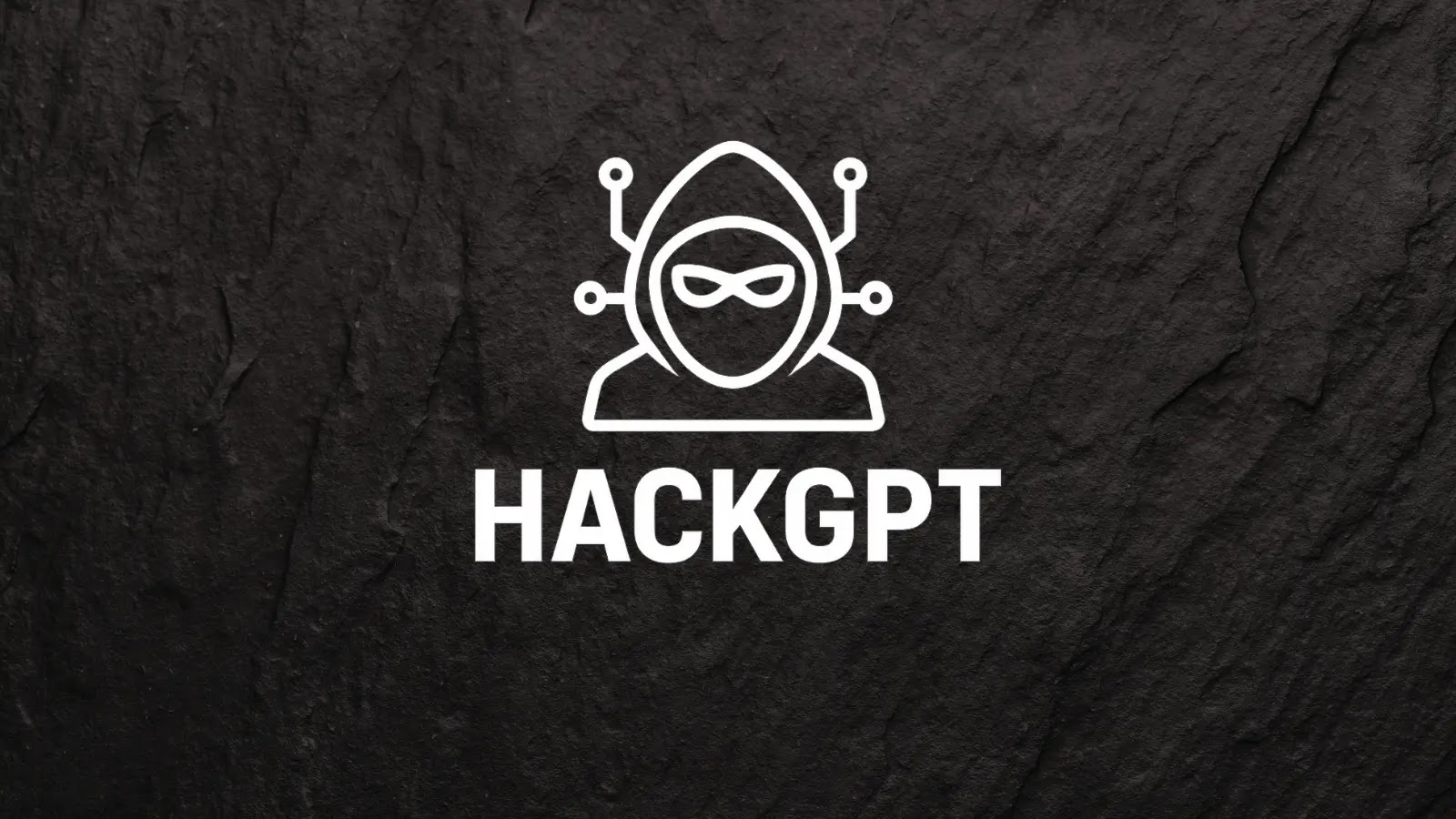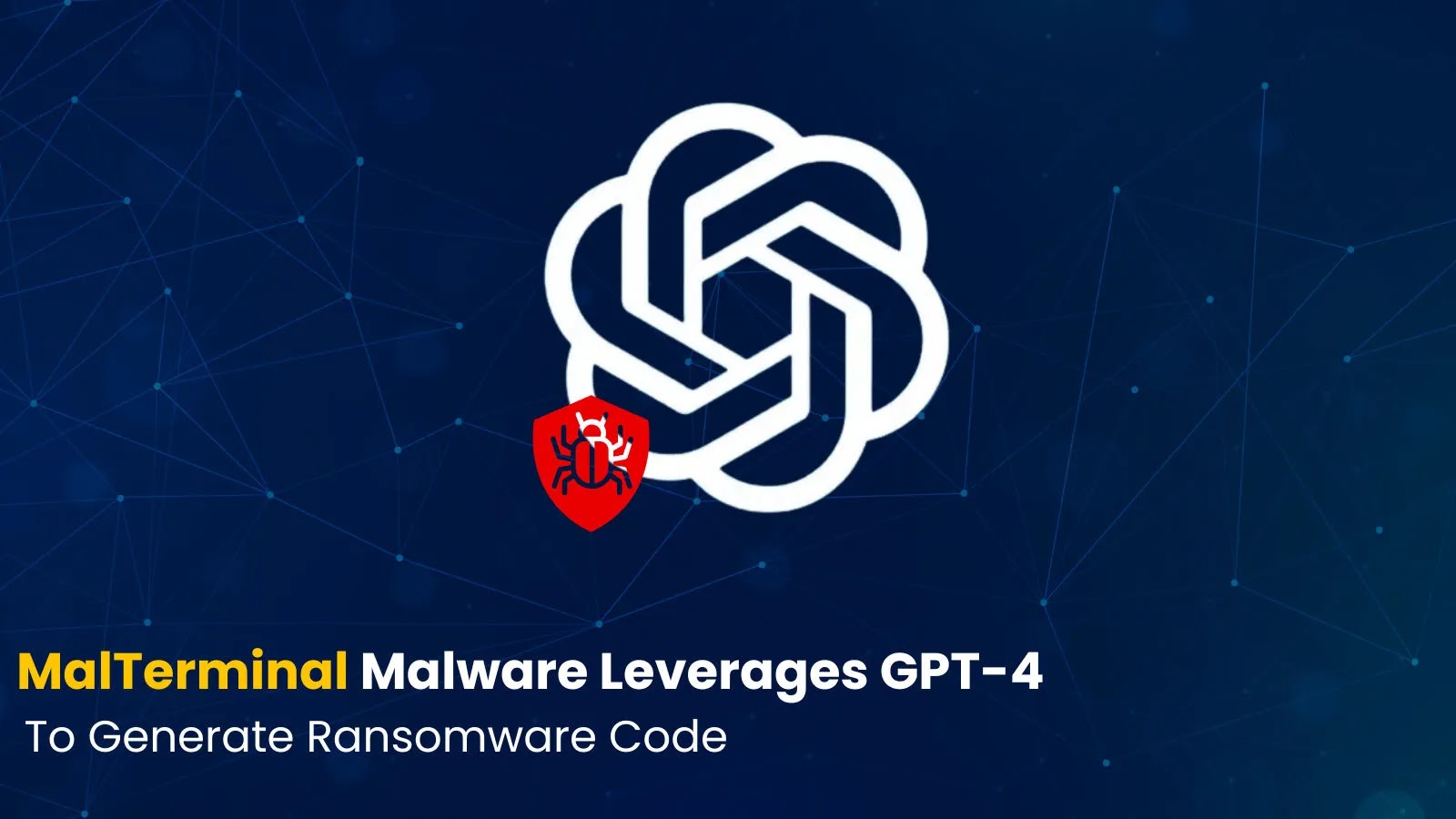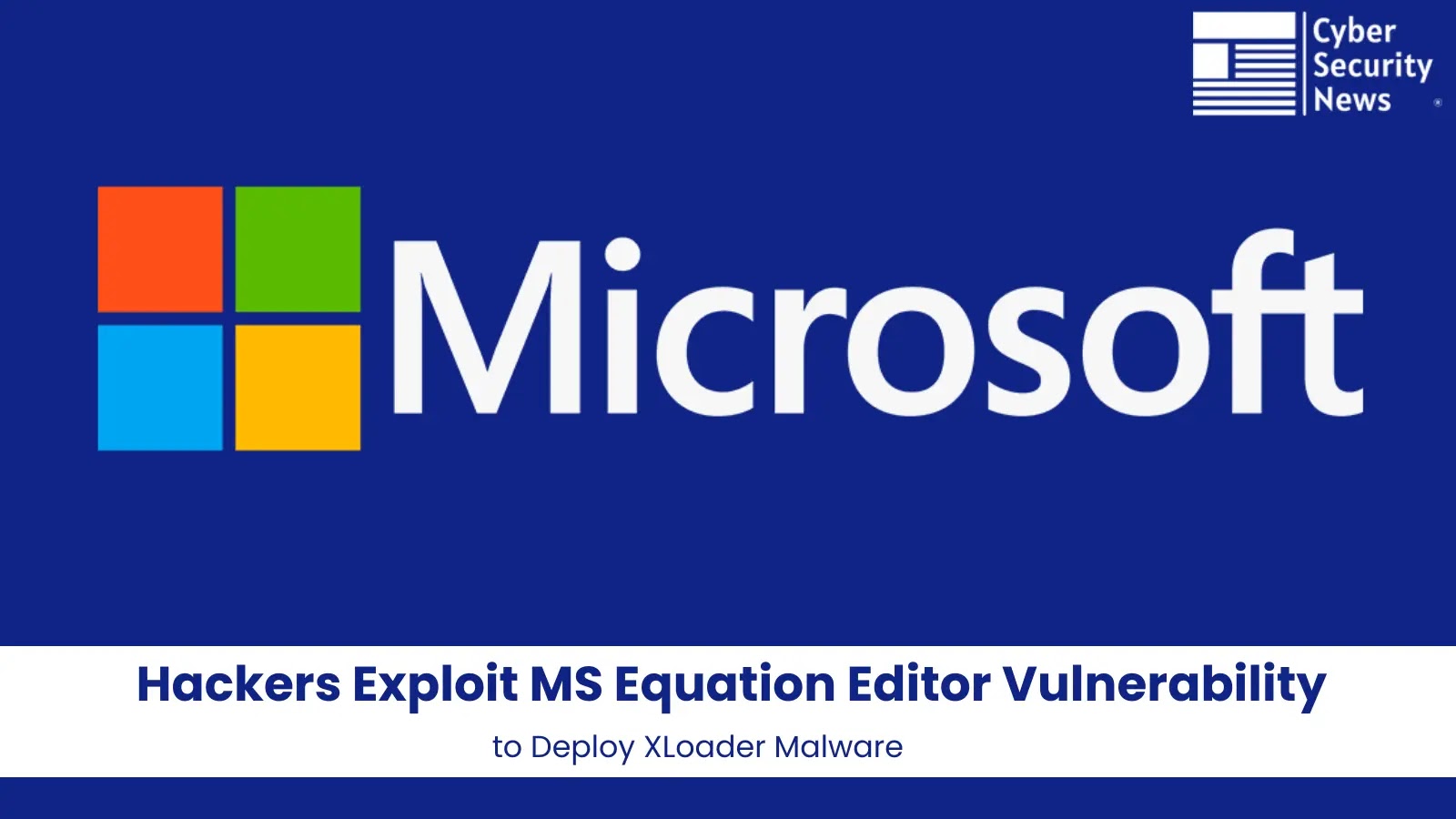HackGPT: Revolutionizing Penetration Testing with AI Integration
In the rapidly evolving field of cybersecurity, the emergence of AI-driven tools has significantly transformed traditional practices. One such groundbreaking development is HackGPT Enterprise, a cloud-native platform designed to automate and enhance penetration testing through advanced artificial intelligence and machine learning technologies.
Advanced AI Engine
HackGPT Enterprise stands out by supporting multiple AI models, including OpenAI’s GPT-4 and local large language models (LLMs) like Ollama. This multi-model support enables the platform to perform sophisticated tasks such as pattern recognition, anomaly detection, and the identification of zero-day vulnerabilities. By leveraging machine learning capabilities, HackGPT correlates threats, assigns risk scores based on the Common Vulnerability Scoring System (CVSS), and prioritizes exploits, thereby streamlining processes that traditionally required extensive manual effort.
Enterprise Security and Compliance
Security and compliance are paramount in penetration testing. HackGPT Enterprise addresses these concerns by incorporating robust authentication and authorization mechanisms, including Role-Based Access Control (RBAC) integrated with LDAP and Active Directory. The platform supports various compliance frameworks such as OWASP, NIST, ISO27001, SOC2, and PCI-DSS, ensuring that security assessments align with industry standards. Comprehensive audit logging and data protection measures, including AES-256-GCM encryption, further enhance the platform’s security posture.
Cloud-Native Architecture
Built with a microservices architecture, HackGPT Enterprise utilizes Docker containers orchestrated by Kubernetes. This design ensures scalability, high availability, and flexibility across multi-cloud environments, including AWS, Azure, and Google Cloud Platform (GCP). Features like service discovery, load balancing, and failover mechanisms contribute to the platform’s reliability and performance.
Performance and Scalability
To handle the demands of modern penetration testing, HackGPT Enterprise employs parallel processing with Celery for distributed task management. Multi-layer caching using Redis and efficient database management with PostgreSQL enhance the platform’s responsiveness. Real-time dashboards powered by WebSockets provide immediate insights, while adaptive worker pools ensure the system can scale according to workload requirements.
Enterprise Reporting and Analytics
Effective reporting is crucial for penetration testing outcomes. HackGPT Enterprise offers dynamic reports in various formats, including HTML, PDF, JSON, XML, and CSV. Real-time dashboards and log analytics are facilitated through integrations with Prometheus, Grafana, and the ELK stack (Elasticsearch, Logstash, Kibana). AI-generated executive summaries and compliance reports provide stakeholders with clear and actionable information.
Enhanced Penetration Testing Methodology
HackGPT Enterprise follows an enhanced six-phase penetration testing methodology:
1. Reconnaissance: Automates Open Source Intelligence (OSINT) gathering using tools like theHarvester and Shodan, aggregating data from multi-cloud environments.
2. Scanning: Employs parallel processing with Nmap and Nuclei for service fingerprinting and vulnerability correlation.
3. Assessment: Analyzes identified vulnerabilities to determine potential impacts and exploitability.
4. Exploitation: Conducts safe exploitation using Metasploit, ensuring controlled testing environments.
5. Reporting: Generates comprehensive reports with compliance mapping to frameworks like OWASP, NIST, and PCI-DSS.
6. Retesting: Verifies the effectiveness of remediation efforts and ensures vulnerabilities have been addressed.
Deployment and Interfaces
Deploying HackGPT Enterprise is straightforward:
– Clone the GitHub Repository: Access the source code and necessary files.
– Run the Installer: Execute the installation script to set up the platform.
– Choose Deployment Mode: Select from standalone, API server, or full-stack deployment using docker-compose.
The platform offers multiple interfaces to cater to different user preferences:
– Command-Line Interface (CLI): For interactive assessments and manual operations.
– Web Dashboard: Provides a graphical interface for monitoring and managing penetration testing activities.
– Voice Commands: Enables quick operations through voice-activated controls.
Conclusion
HackGPT Enterprise represents a significant advancement in the field of penetration testing by integrating cutting-edge AI and machine learning technologies. Its comprehensive features, including multi-model AI support, robust security and compliance measures, scalable cloud-native architecture, and efficient performance, make it a valuable tool for security teams seeking to enhance their vulnerability assessment processes.



